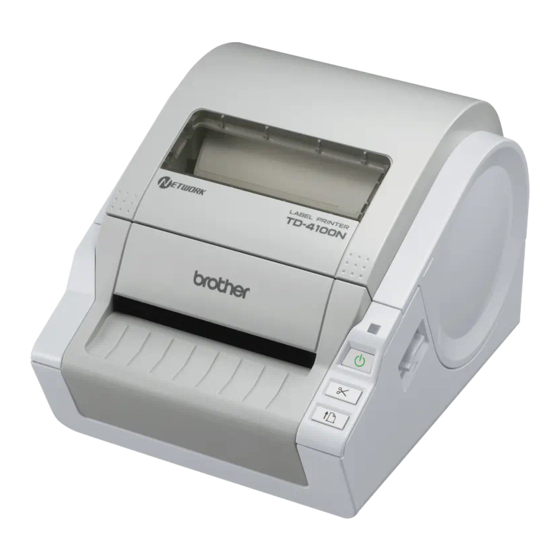A
Appendix A
Using services
A service is a resource that can be accessed by computers that wish to print to the Brother print server. The
Brother print server provides the following predefined services (do a SHOW SERVICE command in the
Brother print server remote console to see a list of available services): enter HELP at the command prompt
for a list of supported commands.
Service (Example)
BINARY_P1
Other ways to set the IP address (for advanced users and
administrators)
For details on how to configure your network printer using the BRAdmin Light utility or Web Based
Management (web browser), see Setting the IP address and subnet mask on page 10.
Using DHCP to configure the IP address
The Dynamic Host Configuration Protocol (DHCP) is one of several automated mechanisms for IP address
allocation. If you have a DHCP server in your network, the print server will automatically obtain its IP address
from the DHCP server and register its name with any RFC 1001 and 1002-compliant dynamic name services.
Note
If you do not want your print server configured via DHCP, BOOTP or RARP, you must set the boot method
to static so that the print server has a static IP address. This will prevent the print server from trying to
obtain an IP address from any of these systems. To change the boot method, use BRAdmin application
or Web Based Management (web browser).
Using BOOTP to configure the IP address
BOOTP is an alternative to RARP that has the advantage of allowing configuration of the subnet mask and
gateway. In order to use BOOTP to configure the IP address make sure that BOOTP is installed and running
on your host computer (it should appear in the /etc/services file on your host as a real service; type
man bootpd or see your system documentation for details). BOOTP is usually started up via the
/etc/inetd.conf file, so you may need to enable it by removing the "#" in front of the bootp entry in that
file. For example, a typical BOOTP entry in the /etc/inetd.conf file would be:
#bootp dgram udp wait /usr/etc/bootpd bootpd -i
Depending on the system, this entry might be called BOOTPS instead of BOOTP.
Definition
TCP/IP binary
A
A
A
A
A
A
24

